Resources to help you succeed.
For starters, learn about the business benefits of reimagining the Consumer Confidence Report. Your team can then explore the resources below to learn more about how to improve your water quality communications.
I WANT TO UNDERSTAND THE LEVEL OF TRUST IN OUR WATER.
Review AWWA’s Public Perceptions of Tap Water.
Review Edelman’s Eat. Drink. Trust. report.
I WANT TO ADVANCE IMPACT & EQUITY IN OUR WATER QUALITY COMMUNICATIONS.
The Government Alliance for Racial Equity developed this in-depth toolkit for defining impact.
Intentionally integrate water communications across the organization
The Inclusive Outreach and Public Engagement Guide developed by Seattle Office for Civil Rights can help inform communication strategies.
I WANT TO DEVELOP NEW STRATEGIES FOR REACHING CORE AUDIENCES.
Understand your audiences.
Determine demographics of your service area - the US Census Data is a great resource to use.
Determine languages spoken in your service area. Language Map Data Center shows languages spoken at a range of geographic scales.
Identify community partners that have a more in-depth understanding of audiences.
Consider broadband access and its impact on use of web-based materials.* This national broadband map provides information about the availability, speed, and pricing down to the census block.
Consider how many renters versus homeowners are in my service area.* Owners vs. Renters is an interactive dot map showing every single homeowner and renter in the United States. You can zoom in on a major city hub and to see where more residents tend to be homeowners and where more people rent.
Link reports to known or anticipated community engagement opportunities.
Consult staff who might be working directly with customers and would have meaningful insights into water quality communications.
Develop social media strategies.
Consider putting a QR code on postcard to link to full CCR report.
Enlist messengers through community advocacy groups or other trusted community voices like physicians and dentists.
I WANT TO ENLIST HELP FROM COMMUNITY PARTNERS AND STATE AGENCIES
Use this document template to reach out to:
Health providers - physicians, dental professionals, hospitals, etc.
Consider finding an expert via the Pediatric Environmental Health Specialty Units, an organization co-funded by US EPA and CDC.
Community centers - schools, recreation facilities, food banks, etc.
Community advocates - community foundations, local nonprofits, etc.
Educational institutions - universities, community colleges, training programs, etc.
Local businesses - restaurants, chambers of commerce, etc.
Host a prize.
Use the Water Data Prize as inspiration or a roadmap for hosting a prize to reimagine consumer confidence reports or other water quality communications.
Work with your state agency to develop a regulatory sandbox.
Ask your state agency to fund or negotiate a contract for translation services on behalf of multiple water providers.
I WANT TO IMPROVE READABILITY BY USING DATA VISUALIZATIONS, PLAIN LANGUAGE, AND TRANSLATION SERVICES.
Plain language
Usability Tips & Basics for writing on the web
In addition, consider examples of plain language from state or federal regulators or other utilities. You can also reach out to community partners to provide translation services.
I WANT TO ELEVATE KEY ISSUES OF CONCERN
Demonstrating lead data
Communicating about the price of bottled water compared to tap
Taste
Hardness






